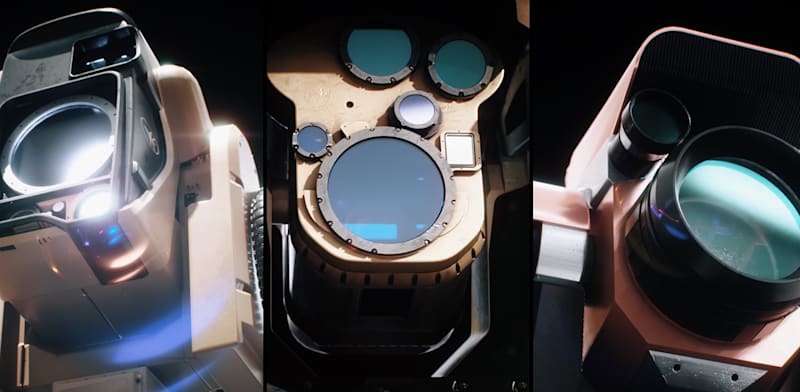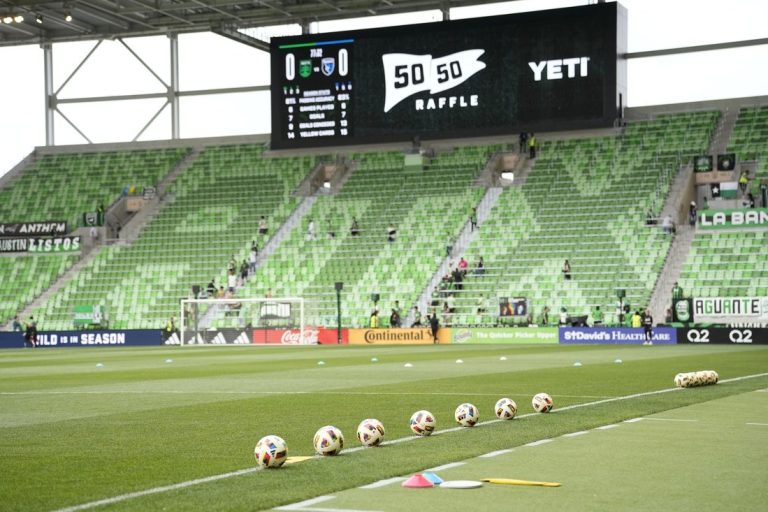Ahead of the prestigious Paris Air Show later this month, Israeli company Rafael Advanced Defense Systems has unveiled its laser system, which is comprised of three versions: Iron Beam, Iron Beam M, and Lite Beam.
At the Paris exhibition, Rafael will present Iron Beam 450, an upgraded version of the Iron Beam system that includes a 450 millimeter aperture beam director instead of 250 millimeters. This provides the system with an upgraded operating range, higher accuracy and extremely high efficiency. Iron Beam is the only system of its kind in the world with laser power as high as100 kilowatts. The combination of high energy with the aperture beam director allows a range of about 10 km, and high accuracy despite the limitations of the laser.
These limitations include a significant decrease in efficiency during cloudy and hazy conditions, while its major advantage is that each interception costs $5-$10 compared with $30,000 for each Iron Dome interception. Iron Beam works using a a single strong beam that diverges. It launches 100-200 such beams and when the system detects that one beam has hit its target, it instructs all the beams to be on an identical frequency and focus on the target.
Due to the limitations of the laser, Iron Beam and the Iron Dome will be deployed side by side, so that they complement each other. Israel’s Ministry of Defense revealed last week that the Iron Beam system has already carried out operational interceptions during the war. With the bigger 450 millimeter aperture, Iron Beam will be deployed near borders, population centers and strategic infrastructures to protect them from missiles, rockets, drones and mortars.
At the same time, Rafael has produced Iron Beam M – a mobile version of the laser system. This is a smaller version of Iron Beam with a 250 millimeter aperture and 50 kilowatts power, which can be installed on an X88 truck, and as a result of the reduced power, its range is also about half that of the regular Iron Beam. With its rapid deployment capabilities, Iron Beam M will provide protection for maneuvering forces and strategic infrastructures with all its systems are on the same truck. Due to its lower power, it will be able to deal with rockets, drones, and mortars.
An even smaller version is Lite Beam with 10 kilowatts power. It is even lighter and more mobile than Iron Beam M, and is designed to be installed on 4X4 vehicles or armored personnel carriers, and to provide mobile tactical protection for maneuvering forces against drones. Combined with Rafael’s Trophy system for protection against anti-tank missiles, Lite Beam will significantly enhance protection for maneuvering forces.
Rafael EVP and General Manager of the Land and Naval Systems Division Tzvi Marmor explains that Trophy is the only active defense system in the world that has been proven on the battlefield, while it is installed on many hundreds of Merkava tanks and Tiger armored personnel carriers. This system, similar to the air defense system, has achieved interception capabilities of 90% or more on Israel’s northern and southern fronts, despite the unprecedented number of anti-tank missiles fired during the war. “Trophy has been operational since 2010, but the threats are changing, and we are adapting the system for this,” says Marmor. “During the war, Rafael released software versions designed to deal with the new challenges.”
RELATED ARTICLES
Israeli technological breakthrough
Over the years, Rafael has invested hundreds of millions of dollars in the Iron Beam project, and during the war it has carried out more than 40 interceptions in the northern theater. This success has caused international companies involved in the development of laser-based defense systems to approach the Israeli company due to its success, to discuss cooperation. At the same time, Rafael Chairman Yuval Steinitz says that the company is not resting on its laurels, and even before Iron Beam will be officially operational in the last quarter of 2025, it is conducting research to increase the system’s range.
“The importance of this development cannot be overstated, and not only from the point of view of Israel and the security implications,” Steinitz stresses. “In terms of the history of science and technology, there is a breakthrough here. Ever since the laser was discovered in the 1960s, it has been clear that this is a special, very energetic and concentrated beam of light. Applications began, for printers and eye surgery, with a laser, or for cutting steel. Only there they do it at a distance of a centimeter, and here we are dealing with a much greater challenge for the laser, which, like a light beam, disperses, especially due to temperature differences. Five years ago, three researchers with PhDs in physics at Rafael made a breakthrough that will be remembered in the history of technology. They managed to transmit the laser precisely, so that steel can be cut at a range of a kilometer and that made laser weapons possible.”
Rafael CEO Yoav Tourgeman, who has extensive experience in Israel’s defense industries, including a long career at IAI and Elta, sees laser systems as a turning point on the modern battlefield. “The cost of interception is falling, there is no magazine to load and this is a revolution. This is the first time that the economic advantage in the campaign is on the side of the defender and not the attacker.”
Tourgeman also spoke about Spain’s decision to suspend the procurement of Rafael’s Spike missiles from its Spanish subsidiary PAP Tecnos. He says, “Spain is a long-standing customer which has bought very large quantities of missiles from us, and has active contracts with us. We have not received any cancellations from any customer so far, and we are in the process of investigating. Replacing the missiles and procuring, for example, Javelin, is a process that would take more than six years. We have not received any notice of cancellation of a tender, contract, or anything like that. Sometimes, there are framework orders, in which someone says that they want to buy a quantity for a decade, and then each year they take a certain quantity from that.”
Published by Globes, Israel business news – en.globes.co.il – on June 5, 2025.
© Copyright of Globes Publisher Itonut (1983) Ltd., 2025.








